The Supreme Court may soon be pushed, however reluctantly, to address the question of whether there’s a constitutional right to same-sex marriage. So far, it has punted on the issue. But last week, gay and lesbian couples filed petitions asking the court to rule on the matter now that federal appeals courts have issued contradictory decisions. They hope the court will hear the case before their current session ends in June.
On Oct. 6, the Supreme Court rejected petitions seeking to appeal lower court rulings that struck down bans on same-sex marriage in Wisconsin, Utah, Indiana, Oklahoma, and Virginia. As a result, same-sex marriage is now legal in 33 states as well as the District of Columbia.
At the time, the various federal appeals courts saw the issue the same way, knocking down many state bans on gay marriage. But on Nov. 6, the Court of Appeals for the Sixth Circuit, based in Cincinnati, upheld state bans on same-sex marriage in Ohio, Tennessee, Michigan, and Kentucky. Splits among circuit courts are one of the factors that the Supreme Court considers before taking on a case. Now that different appeals courts have disagreed on the constitutionality of same sex marriage, the Supreme Court may have a hard time avoiding a direct showdown on the issue.
So far, the Supreme Court has been much more cautious about same-sex marriage than it was about inter-racial marriage a half-century ago. Its two rulings in June 2013 — overturning the federal Defense of Marriage Act (DOMA) and invalidating California’s Proposition 8 (which banned same-sex marriage) on technical grounds — reflected the basic conservatism of the Roberts Court. They stopped short of proclaiming same-sex marriage a basic right. They left it to the states to determine whether gay Americans have the same right to marry as their straight counterparts.
As a result, gay activists and their straight allies have had to pursue marriage equality on a state-by-state basis through the courts and state legislatures.
Should the states decide whether black Americans can marry white Americans? Today, that idea seems absurd. Most Americans believe that states shouldn’t be allowed to trample the basic right of interracial couples to marry — even if a majority of people in a state want to do so. It would be unfair — a clear violation of equal rights. But that’s exactly what the Supreme Court did last year. It favored “states’ rights” over “equal rights.”
Compare this to the Supreme Court’s bold 1967 ruling in Loving v Virginia, which knocked down state anti-miscegenation laws. At the time, “states’ rights” was the justification used by Southern racists to defend Jim Crow laws, including school segregation, racial discrimination in restaurants and buses, severe limits on voting by African Americans, and bans on interracial marriage. Back then, the Supreme Court was ahead of public opinion regarding interracial marriage. Now it is behind public opinion when it comes to same-sex marriage. It is hard to see how the legal case for same-sex marriage is any different, but the Supreme Court chose to advocate states’ rights over equal rights.
Although no one can be sure whether or how the Supreme Court justices will decide, the American public has already made up its mind. Public support for gay marriage has hit a new high. According to a Washington Post/ABC News poll, conducted in June this year, 56 percent of Americans believe it should be legal for gay and lesbian couples to marry; only 38 percent say they are opposed. Eleven years ago, only 37 percent favored same-sex marriage while 55 percent were opposed.
Homophobia has not disappeared, but the gay rights movement has clearly won Americans’ hearts and minds. The tide has turned. Opponents can try, but they can’t push it back.
Moreover, support for gay marriage is much higher among younger Americans, indicating that the future belongs to the advocates, not the opponents, of same-sex marriage. Soon, conservative politicians and groups will no longer be able to use gay marriage as a “wedge” issue to stir controversy and win elections. The days of gay-bashing as a political strategy are numbered.
Loving v. Virginia: The Supreme Court’s Bold Ruling
The battle for gay marriage is often compared with the struggle to end the prohibition against marriage between blacks and whites. In fact, Americans’ attitudes about same-sex marriage has changed much more quickly.
In 1948, when California’s Supreme Court legalized interracial marriage (the first state to do so) in Perez v. Sharp, most Americans opposed it. In the 1950s, when half the states still had laws prohibiting interracial marriage, over 90 percent of Americans still considered it wrong. By 1967, when the U.S. Supreme Court, in Loving v. Virginia, knocked down state anti-miscegenation laws everywhere, 16 states still had such laws on the books and 72 percent of the public still opposed interracial marriages.
The pathbreaking case was filed by an interracial couple — Mildred Jeter Loving, a black woman, and Richard Loving, a white man — who lived in Central Point in rural Virginia. Two movies about the Lovings’ case — “Mr. and Mrs. Loving” (a 1996 made-for-TV dramatic film) and “The Loving Story” (a 2011 documentary) — make clear that the Lovings were not civil rights activists. They were a humble working-class couple who simply wanted to live as husband and wife and raise their three children in Virginia, where they were born and where they and their extended families lived.
In June 1958, they drove 90 miles and got married in Washington, D.C., to circumvent Virginia’s Racial Integrity Act of 1924, which made interracial marriage a crime. The local police raided their home at night, hoping to find them having sex, which was also a crime in Virginia. The cops found the couple in bed. Mrs. Loving showed them their marriage certificate on the bedroom wall. That was used as evidence that they had violated Virginia’s law. The Lovings were charged with “cohabiting as man and wife, against the peace and dignity of the Commonwealth.”
In his ruling, Leon M. Bazile, the Virginia trial judge wrote:
Almighty God created the races white, black, yellow, malay and red, and he placed them on separate continents. And but for the interference with his arrangement there would be no cause for such marriages. The fact that he separated the races shows that he did not intend for the races to mix.
On January 6, 1959, the Lovings pleaded guilty and Bazile sentenced them to one year in prison. The judge said he’d suspend their sentence if they agreed to leave the state for 25 years. They agreed and moved to Washington, D.C.
In November 1963, the Lovings filed a motion in the state trial court to reverse the sentence on the grounds that it violated the Constitution’s 14th Amendment. It took four years to reach the U.S. Supreme Court. In the interim years, the civil rights movement galvanized America and stirred its conscience about racial injustice. Congress passed the Civil Rights Act and the Voting Rights Act. Change was in the air.
The court at the time included two conservative Republicans (John Harlan and Potter Stewart), a moderate Democrat (Byron White), and two Southerners (former KKK member Hugo Black of Alabama and Tom Clark of Texas, both Democrats), as well as three solid liberal Democrats (William Douglas, William Brennan and Abe Fortas). Chief Justice Earl Warren, a moderate Republican as California governor who became a liberal on the court, used his persuasive skills to engineer a unanimous decision. In deciding the Loving case, the justices no doubt recognized that, despite the fact that many Americans still opposed interracial marriage, the tide of history was turning, and they wanted to be on the right side.
Warren penned the opinion for the court, noting that the Virginia law endorsed the doctrine of white supremacy. He wrote:
Marriage is one of the “basic civil rights of man,” fundamental to our very existence and survival.. . . To deny this fundamental freedom on so unsupportable a basis as the racial classifications embodied in these statutes, classifications so directly subversive of the principle of equality at the heart of the Fourteenth Amendment, is surely to deprive all the State’s citizens of liberty without due process of law. The Fourteenth Amendment requires that the freedom of choice to marry not be restricted by invidious racial discrimination. Under our Constitution, the freedom to marry, or not marry, a person of another race resides with the individual and cannot be infringed by the State.
Reread Chief Justice Warren’s words. Then substitute same-sex marriage for interracial marriage and see if his views are any less compelling. Most Americans would now agree that to deny gays and lesbians the right to marry is, as Warren put it, “directly subversive of the principle of equality at the heart of the Fourteenth Amendment.” Today’s version of anti-miscegenation laws are those that prohibit same-sex marriage.
When the Supreme Court ruled in Loving v. Virginia, many white Americans believe that African Americans were inferior people.
It wasn’t until the 1990s that even half of Americans said they approved of marriage between blacks and whites. In 2011, the most recent poll on the topic, 86 percent of Americans – including 84 percent of whites and 96 percent of blacks — supported interracial marriage. It may be shocking to some that 16 percent of Americans still disapprove of black-white marriages, but the shift in public opinion over five decades has been steady and irreversible. Equally important, 97 percent of Americans younger than 30, and 79 percent of those who live in the South, support interracial marriage
Some Americans today have similarly bigoted views about gay people, also justified on religious grounds and with reference to what they believe the Bible says and what God wants. You can still hear them on conservative talk radio shows and among the protesters in front of the Supreme Court building, claiming to be “defending” the institution of marriage. But the number of Americans who hold anti-gay views is rapidly shrinking.
The Remarkable Success of Gay Rights Activism
The civil rights movement laid the foundation for the gay rights crusade, which adopted many of its strategies and tactics, including grassroots organizing, protest and civil disobedience, fighting for justice in the courts, lobbying for legislation, and campaigning to elect sympathetic candidates.
After the gay rights movement burgeoned in the 1970s more and more public figures — politicians, entertainers, teachers, judges, journalists, businesspersons, athletes and clergy — acknowledged their homosexuality. TV sit-coms began to have openly gay characters. Businesses began to appeal to gay consumers. When Gerry Studds came out of the closet in 1983, he was the first member of Congress to do this. Now there are seven openly gay and lesbian members in the House. Sen. Tammy Baldwin of Wisconsin, elected in 2012, is the first openly gay or lesbian person in the U.S. Senate. All 50 states now have at least one openly gay elected official, according to the Gay and Lesbian Victory Fund. Last year, NBA player Jason Collins became the first pro athlete in a major American team sport to come out of the closet. This year, Apple’s Tim Cook became the first openly gay CEO of a Fortune 500 corporation.
As gay activism accelerated, and as more and more people (including public figures) came out of the closet, attitudes changed, reflecting a profound transformation in public opinion. In 1994, 40 percent of Americans believed that people choose to be gay, and in 2004, 33 percent thought so. In a survey conducted in March of this year, 65 percent of those surveyed agreed that “being homosexual is just the way they are,” while only 25 percent believed that “being homosexual is something that people choose to be.”
As advocates began to put specific issues on the agenda, public support increased for such questions as allowing openly gays and lesbians to teach in public schools, providing health benefits for gay partners, permitting gay couples to adopt children, ending anti-sodomy laws, outlawing job and housing discrimination against gays, funding research to combat AIDS, and imposing penalties for people who commit hate crimes against gays. In 1993, for example, only 44 percent of Americans believed that gays should be allowed to openly serve in the military, according to a Washington Post/ABC News poll. By 2008, more than 75 percent thought so. In 2010, President Obama signed legislation ending the 17-year “don’t ask, don’t tell” policy.
More and more people have confronted their own values and views about a subject that was once taboo in their own lifetimes. In the past decade, a growing number of Americans began realizing that they knew gay people. In 1992, only 52 percent of Americans said that they knew someone who is gay or lesbian. By 2010, that figure had increased to 76 percent. People under 30 were more likely to stay they knew a homosexual (84 percent) than those between 30 and 64 (77 percent), and those 65 and older (66 percent). Not surprisingly, people who know someone who is gay or lesbian are less likely to disapprove, and more likely to feel comfortable around, homosexuals, and to support same-sex marriage, polls have found.
Until the late 1990s, gay marriage wasn’t even an issue, and most pollsters didn’t bother asking the public how they felt about it. (One exception was the Field Poll, which first asked Californians in 1977 if they approved of extending marriage laws to same-sex couples. By a 59 percent to 28 percent margin, they said no).
But eventually the question of gay partnerships — civil unions and marriage — emerged as a topic of public debate and private conversations in every corner of the country. Initially, the idea of civil unions broke the comfort zone barrier.
In 2002, the New York Times began to publish announcements of same-sex civil unions and weddings. The following year, a Washington Post/ABC News poll asked Americans if gay and lesbian couples should be allowed to form “legally recognized civil unions, giving them the legal rights of married couples in areas such as health insurance, inheritance and pension coverage.” Only 40 percent agreed. When they asked the same question in 2010, 66 percent agreed.
Not surprisingly, in the past decade, support for legalizing gay partnerships has skyrocketed. A growing number of politicians, including President Barack Obama and even some Republicans, have voiced their endorsement. Obama has urged the Supreme Court to overturn the same-sex marriage ban.
The legal status of gay marriage depends not only on public opinion but also on grassroots activism and the willingness of politicians and judges to tackle the issue. Thirty-one states amended their constitutions to ban same-sex marriage. In most states, it was the opponents, not the advocates, of gay marriage that forced the issue into the public debate. Hoping to whip up fears and energize conservative voters to go to the polls and help elect Republicans, they put measures on the ballots to ban same-sex marriage.
Until 2012, in every state where the issue had been put to the voters, they rejected legalizing gay marriage. But in a growing number of states, voters have approved ballot measures supporting same-sex marriage, legislatures have overturned bans on same-sex marriage, and courts have struck down state prohibitions. Over 62 percent of all Americans now lives in a state currently issuing marriage licenses to same-sex couples.
There is, of course, a core of anti-gay Americans who may be more fervent in their views than their pro-gay marriage counterparts. Their activism has fueled the campaigns against extending wedding vows to gays and lesbians. But many people who have voted against gay marriage are not haters. They support other aspects of gay rights and may eventually change their views on same-sex marriage.
What is clear is that the future belongs to marriage equality. The younger generation have grown up in a culture that is increasingly supportive of gay rights. Among Americans age 18 to 39, support for gay marriage is overwhelming, hitting a record high of 75 percent in the June Washington Post/ABC poll.
Support has also been increasing among older Americans. Four years ago, only 30 percent of Americans 65 years old supported same-sex marriage.This year, 38 percent of that age group say it should be legal. A majority of the in-between generation has also shifted their views. In the June poll, 51 percent of Americans between 40 and 64 endorsed same-sex marriage.
We’ve seen dramatic changes in public opinion before — on such issues as women’s suffrage, sexual harassment, interracial marriages, racial and sexual discrimination in jobs and housing, women’s roles at home and work, government’s role in protecting the environment, fuel efficiency in cars, and disability rights.
In each case, grassroots movements made a big difference. Their role is to put new issues on the public agenda — to make people think about things they hadn’t thought about before. Initially, this makes people feel uncomfortable. It sometimes even triggers a backlash among some people who resist change. But eventually most people come to accept the reality — and fairness — of new ideas and behaviors. The radical ideas of one generation become the common sense of the next.
When children born this year reach voting age 18 years from now, they will surely wonder how it was even possible that America once deprived gays and lesbians the right to marry. They will take same-sex marriage for granted.
Peter Dreier teaches Politics and chairs the Urban & Environmental Policy Department at Occidental College. His most recent book is “The 100 Greatest Americans of the 20th Century: A Social Justice Hall of Fame” (Nation Books, 2012).





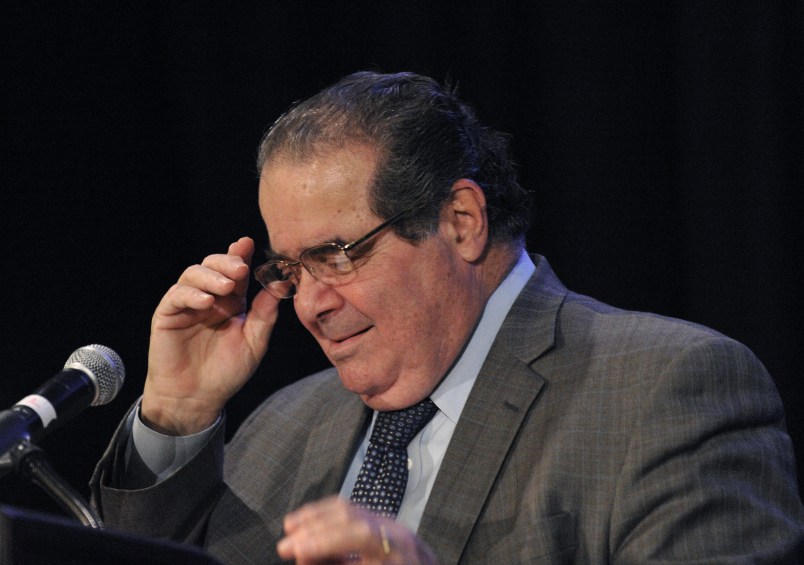
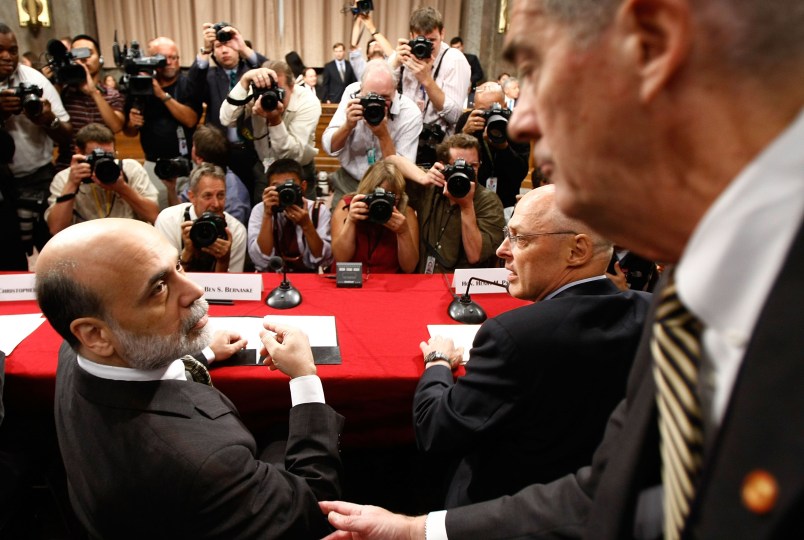
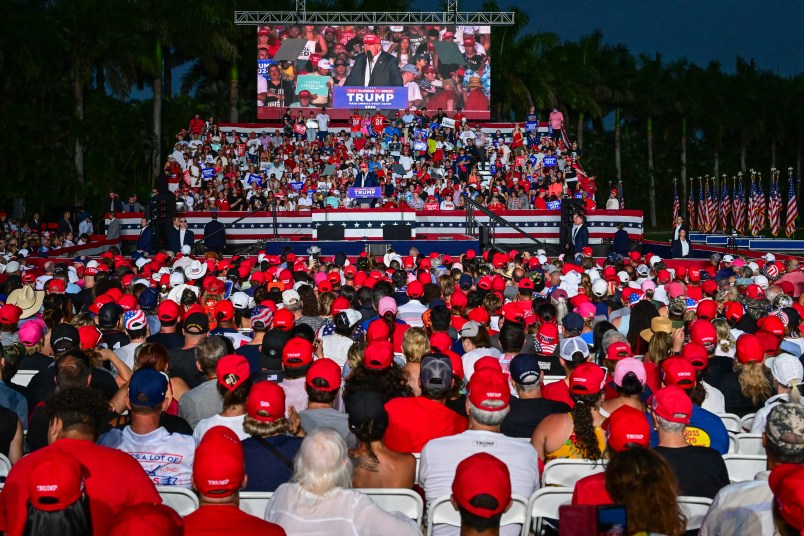
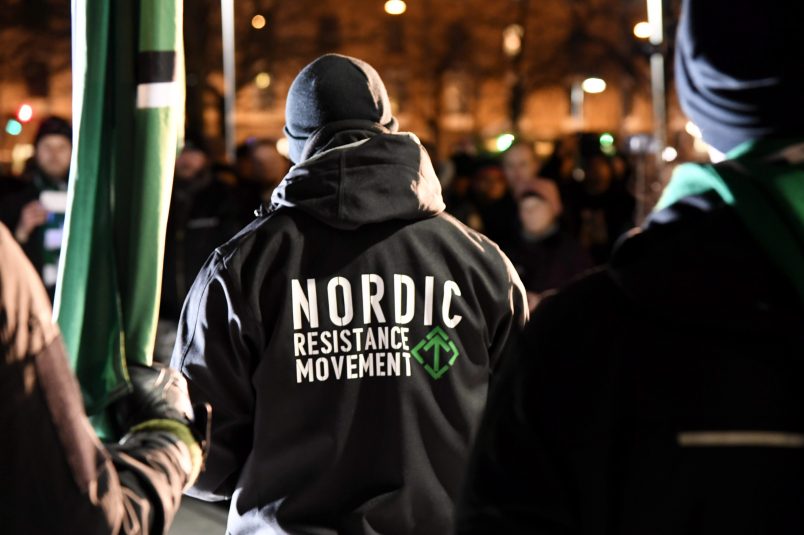
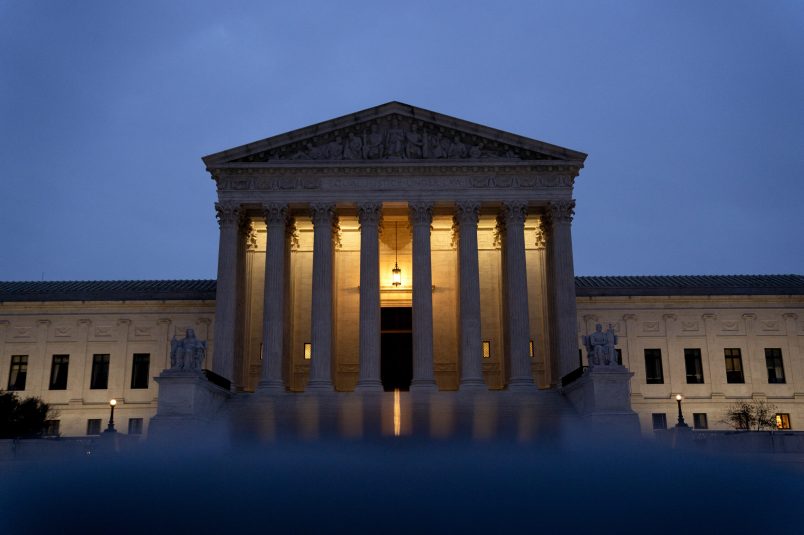
No.
It is not possible to live in a dream world and listen to reality.
Even the most rabidly anti-gay Justice (Thomas) won’t have the balls to invalidate marriages in 35 states.
When the Supremes address this issue—likely in the early spring----marriage equality will be national instead of the patchwork we have now.
Why is there a picture of Scalia at the top of the article? It should be Kennedy, since he will be the deciding vote. He has delivered strong, consistent and persuasive opinions in favor of 14th Amendments rights for gays and lesbians for almost 20 years. I am confident that he will stick to his guns and vote in favor again.
They could punt once again. Accept the petition from the Sixth Circuit, then send it back down for an en banc review.